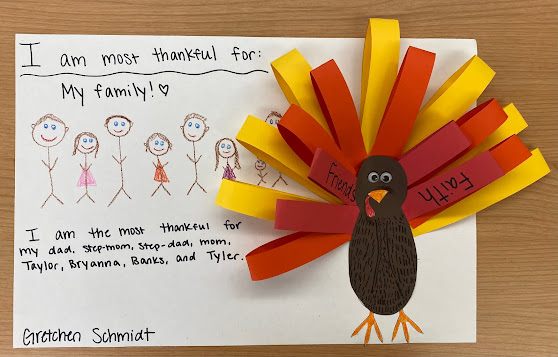Footprint Introduction

We created a footprint for class with at least three different types of media. I chose several different pictures to represent myself. The lake is to represent how I spend my summers. I love going to the lake with my family and we spend a lot of time there and make some of our best memories at the lake. The wolf is to represent Northern State University, where I am pursuing my education degree. My favorite genre is country music. I also love spending my time shopping at target, traveling, drinking coffee, and I am always in the mood for ice cream. My all time favorite animal is a giraffe and my favorite flower is a sunflower. I currently work in the Munchkin room at the Youth Development Center in Aberdeen. The puzzle piece and alphabet blocks are to represent my passion to teach early childhood special education in the future! Extension Activity: Students will also complete this activity. I will trace their footprints and cut them out. The students will color and design thei...






